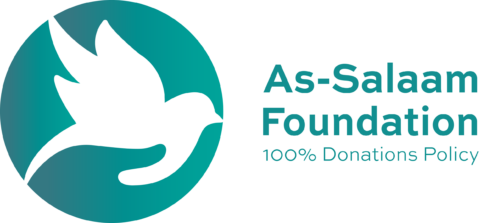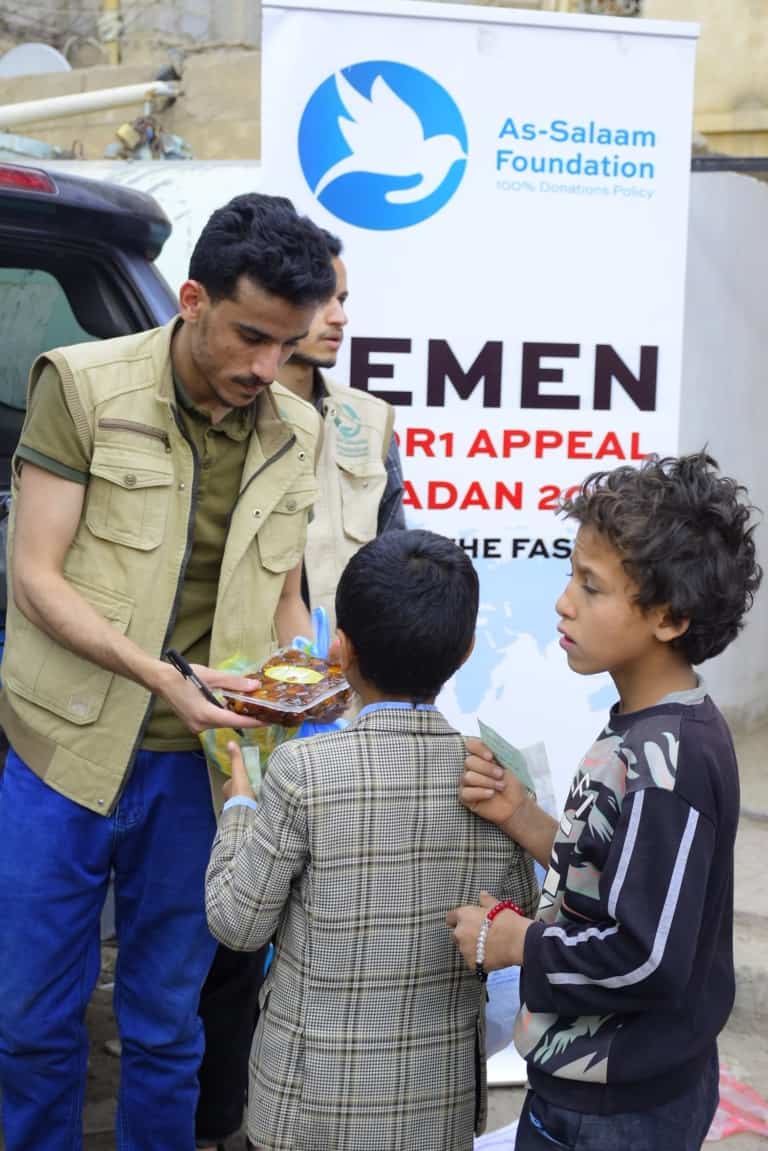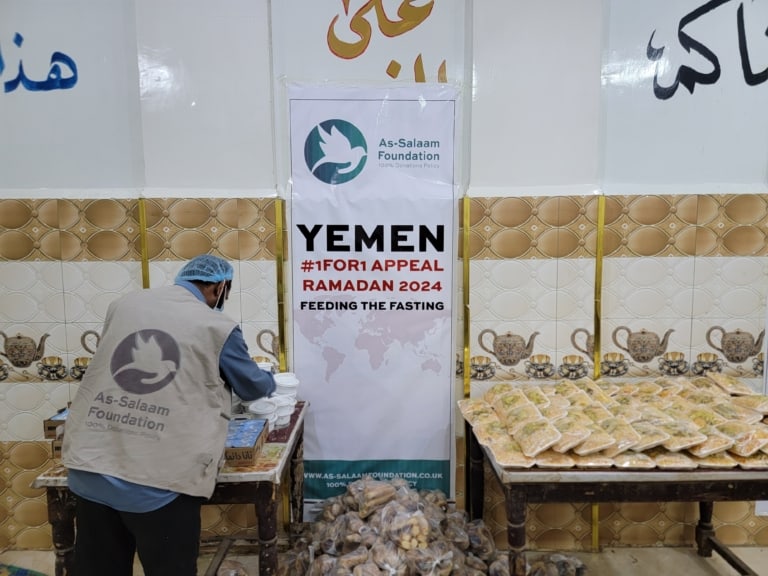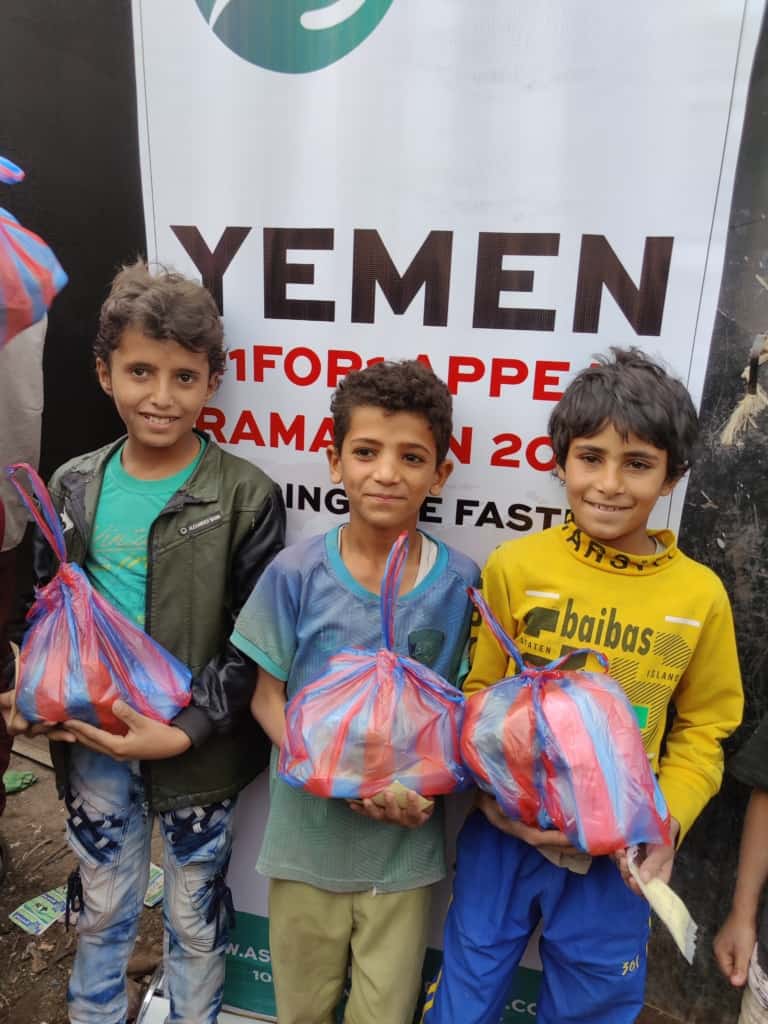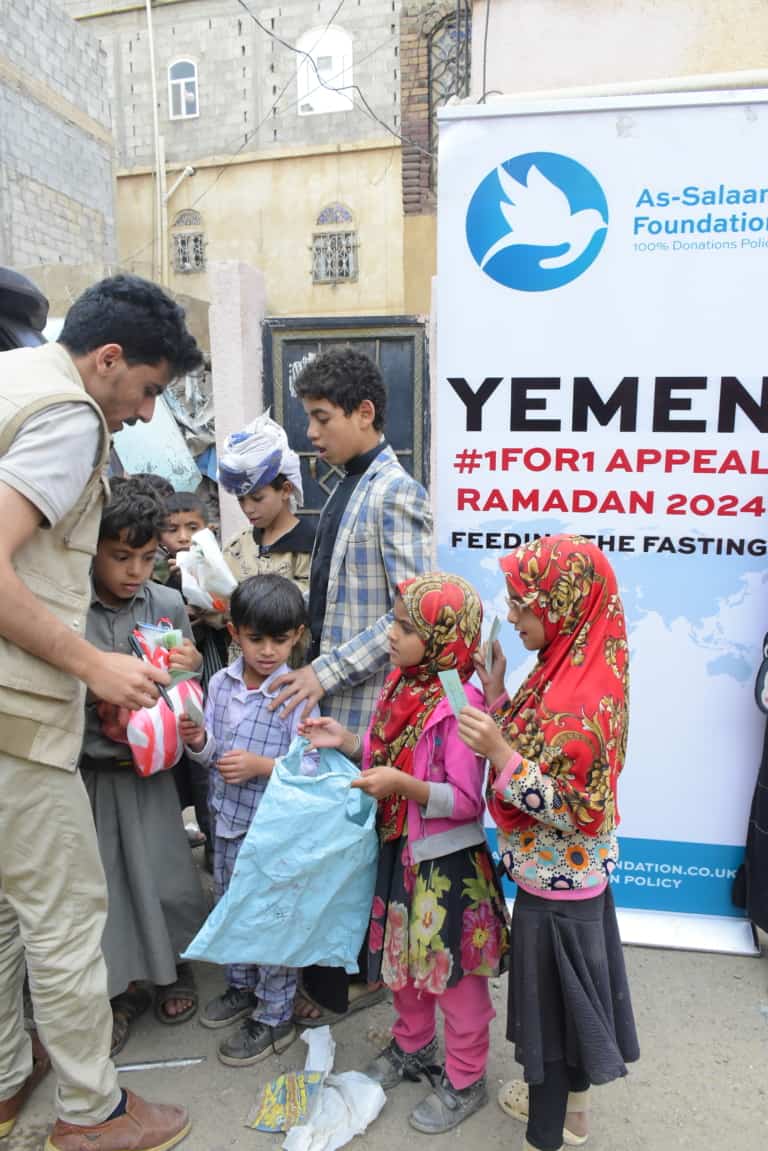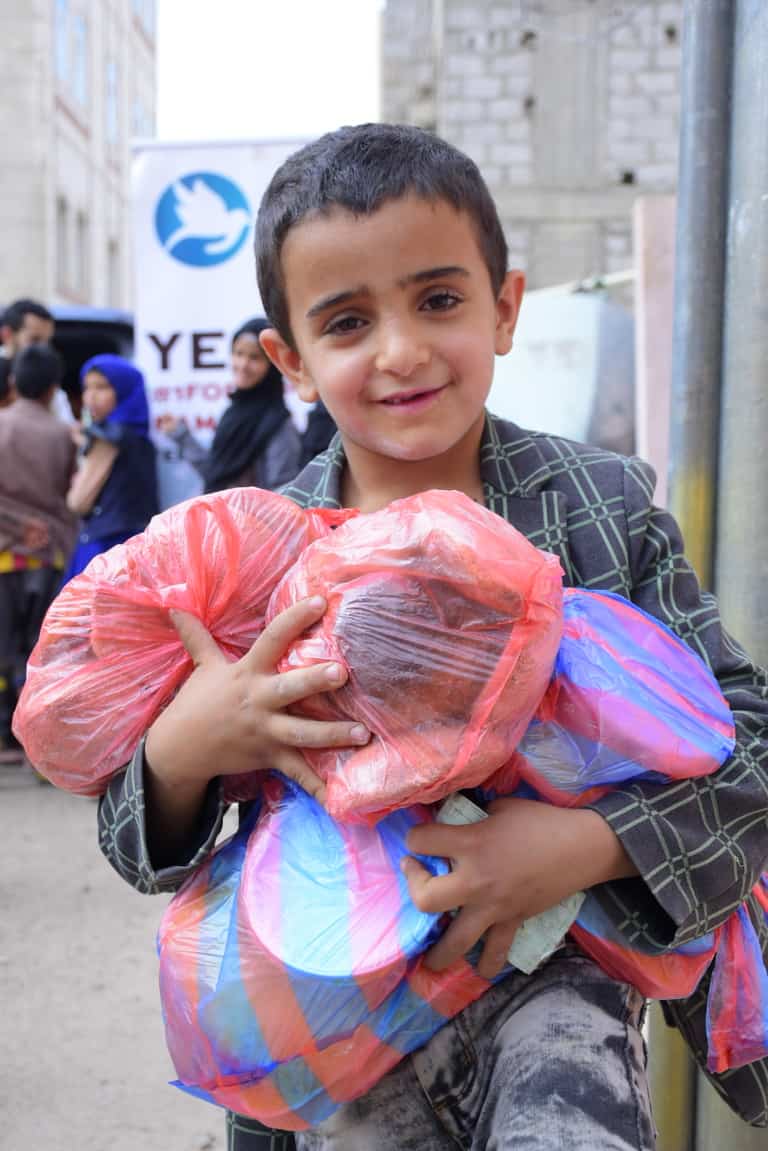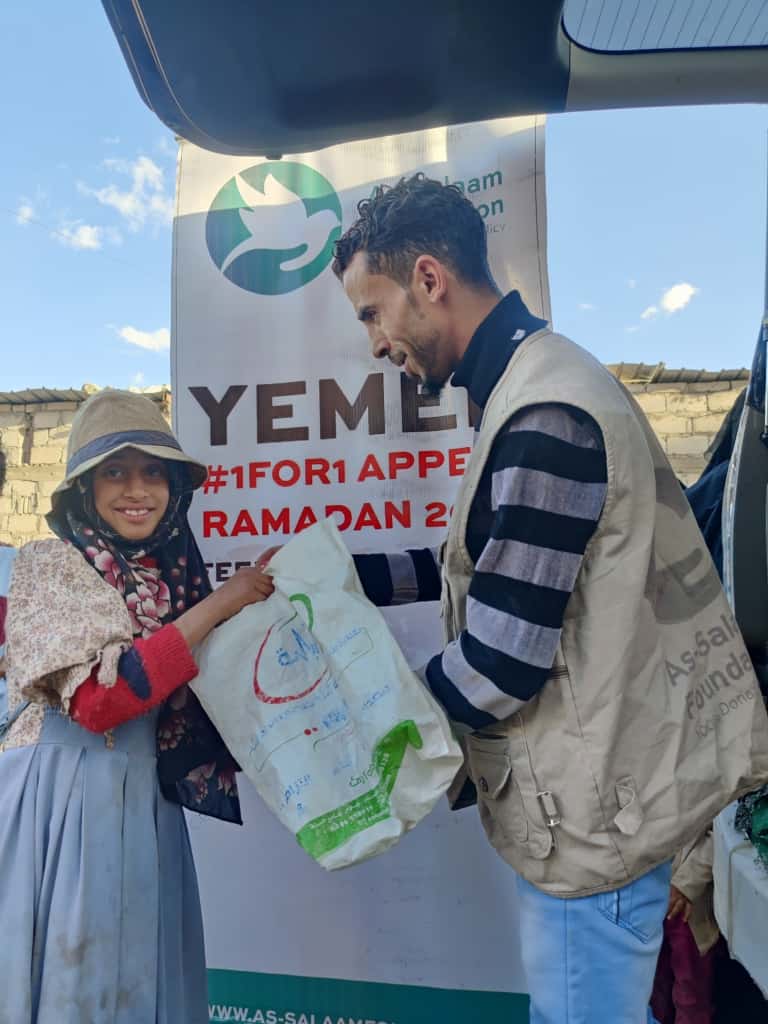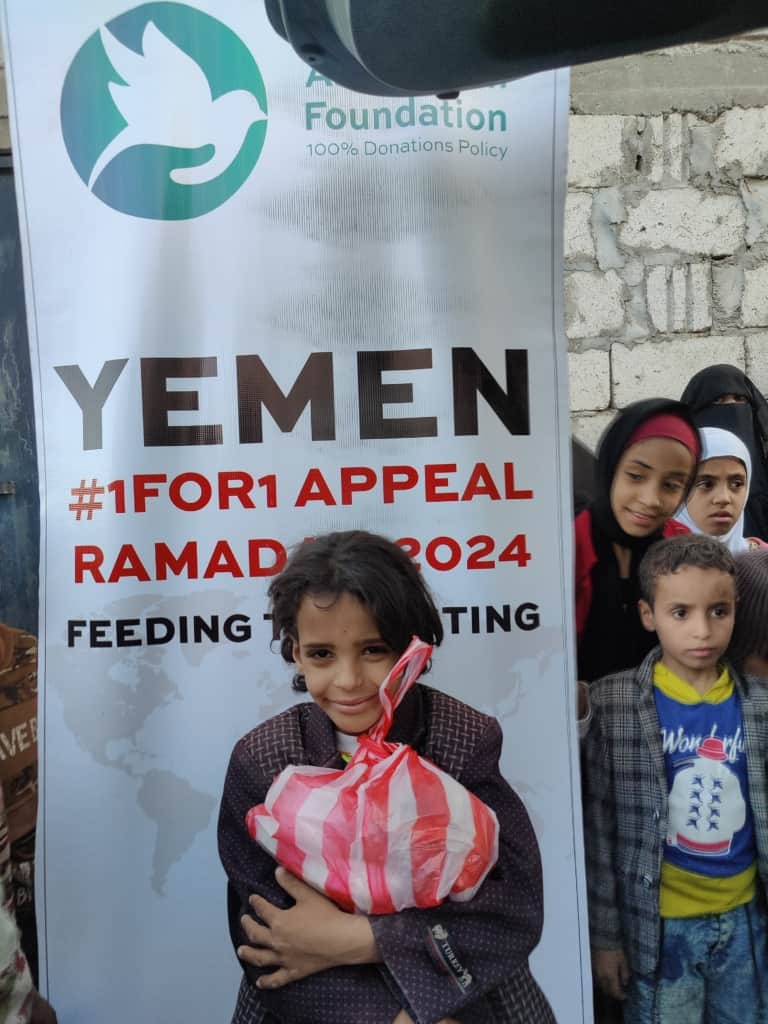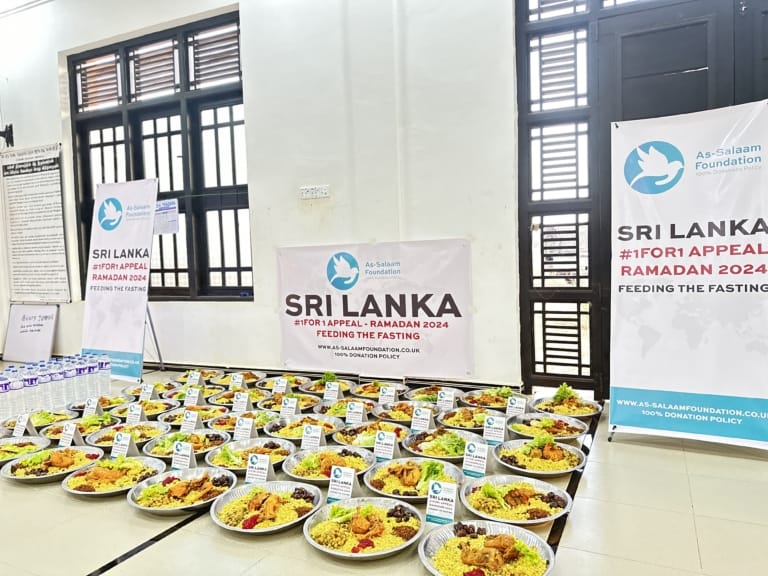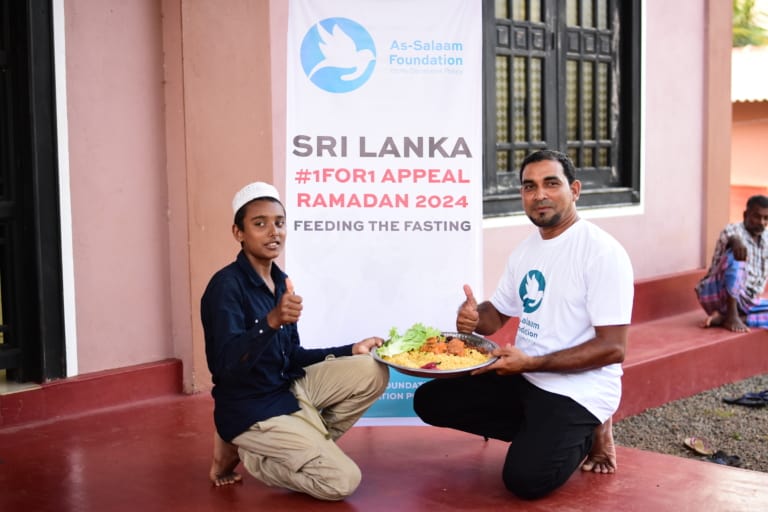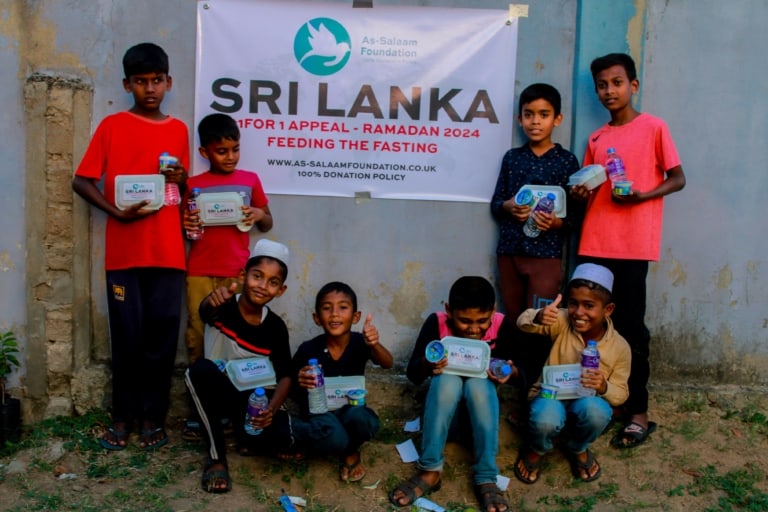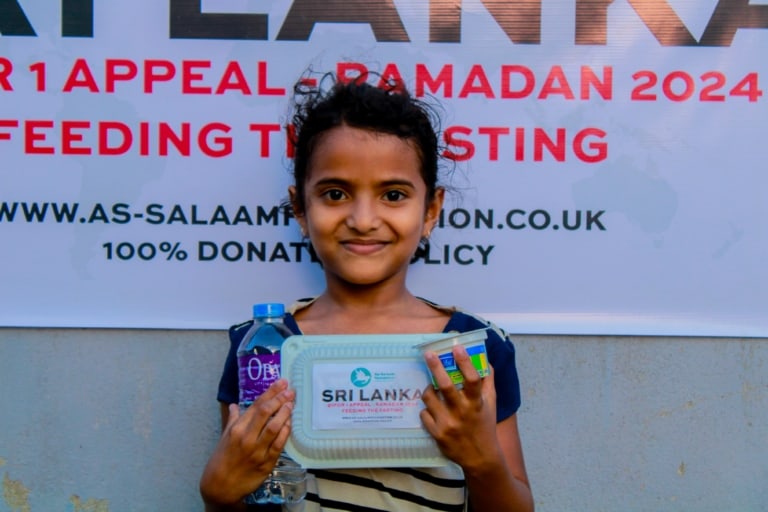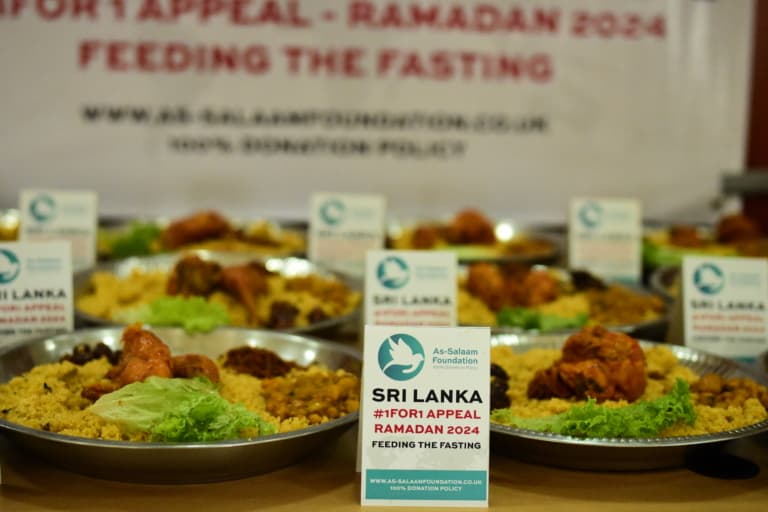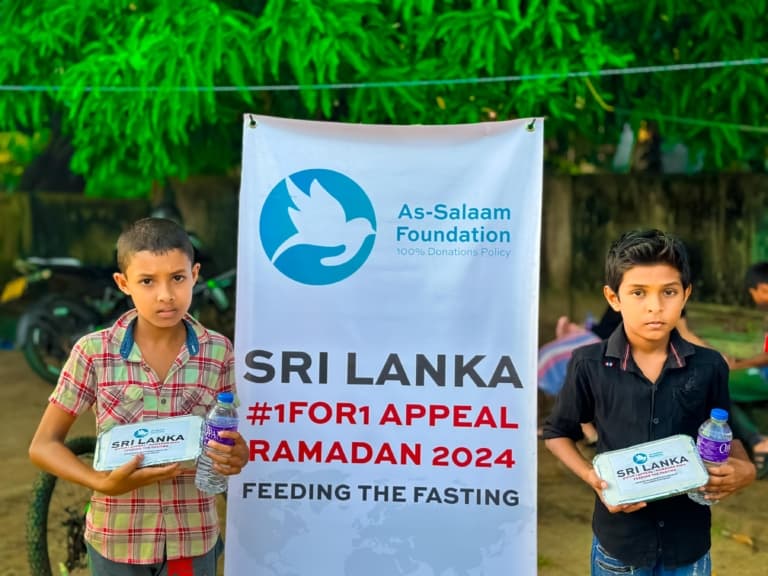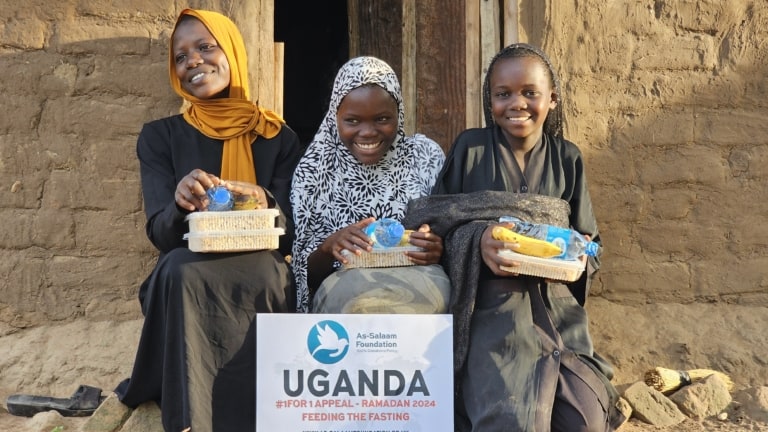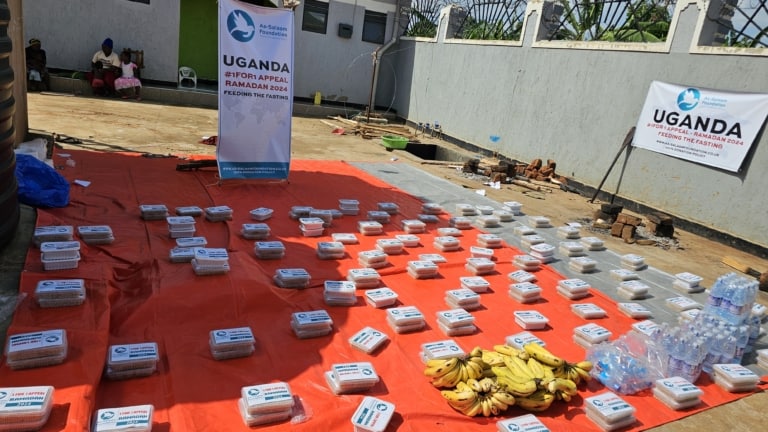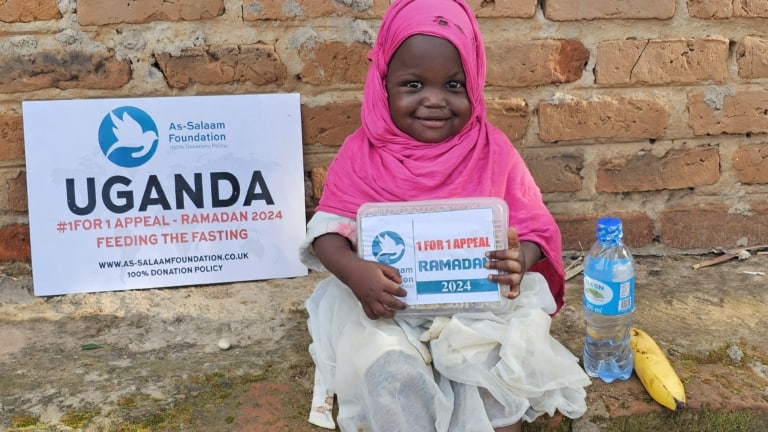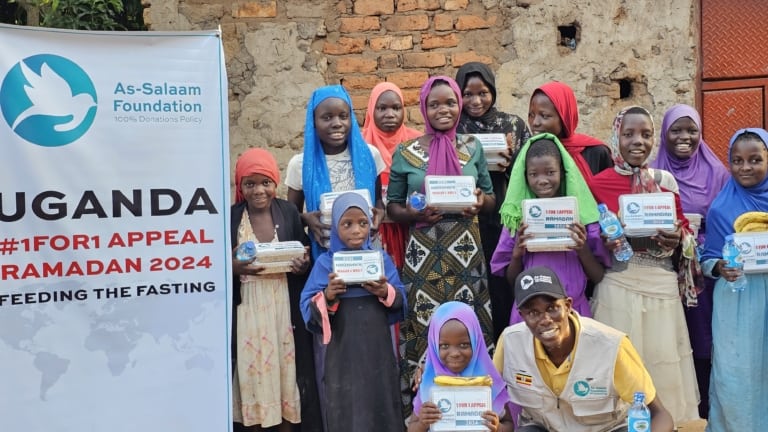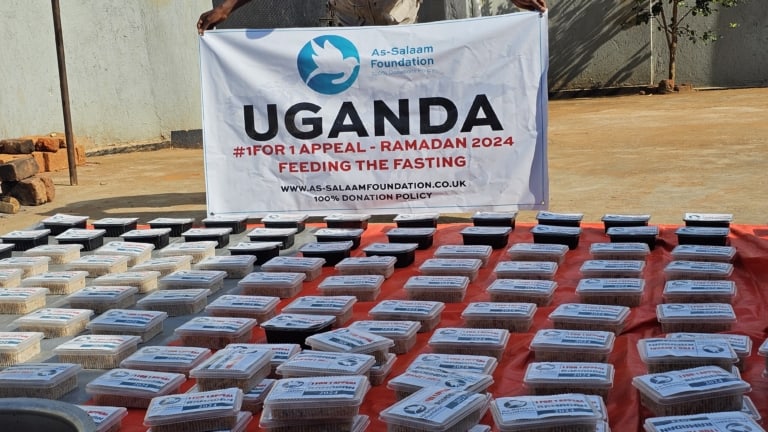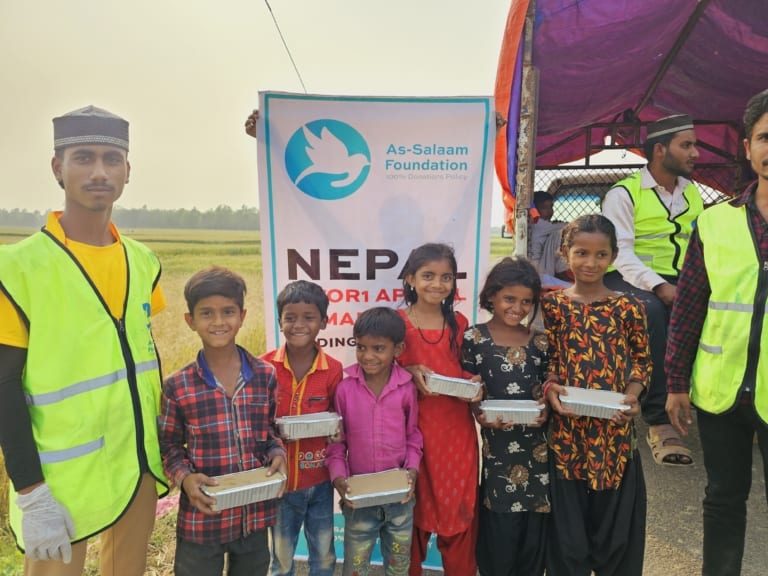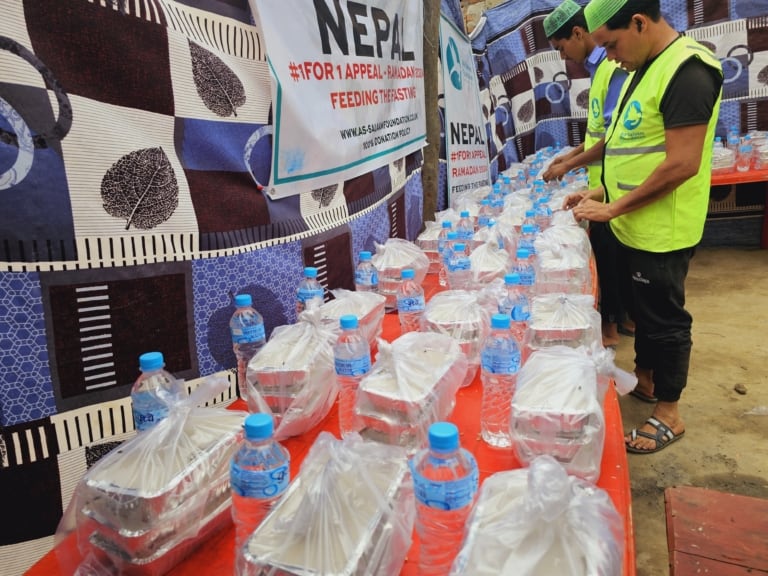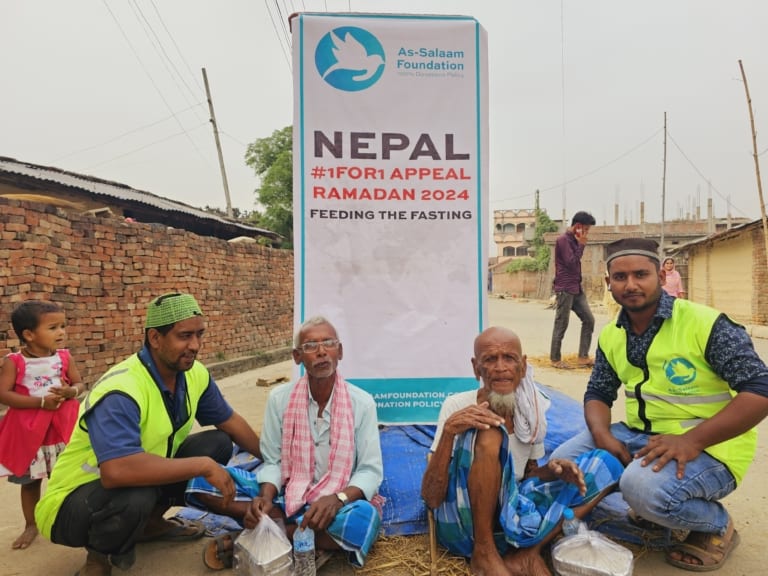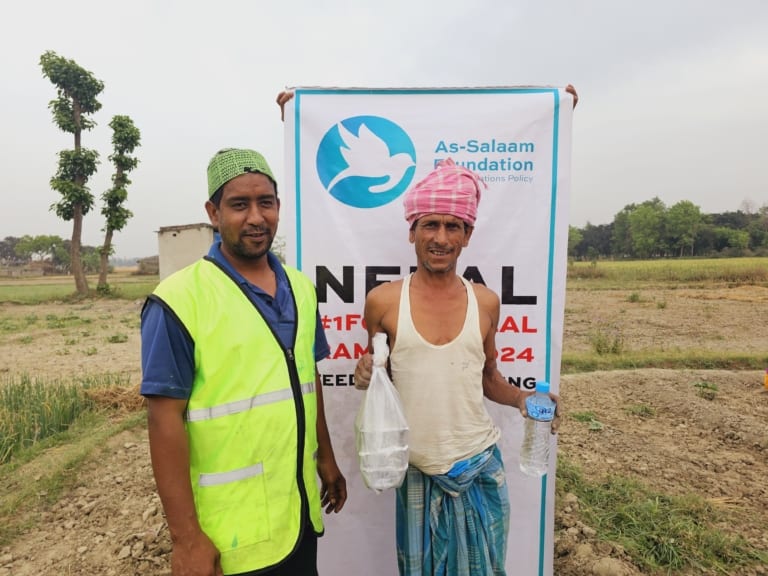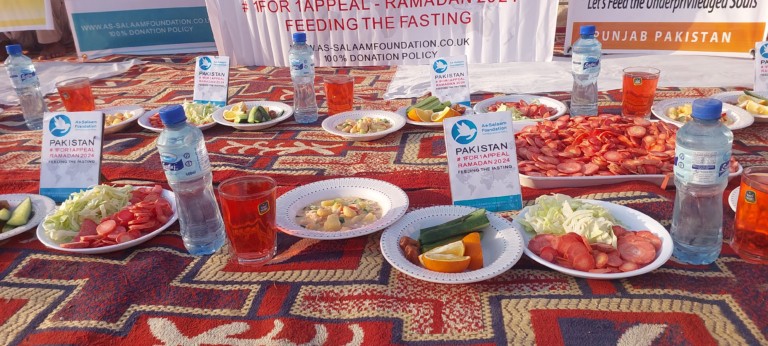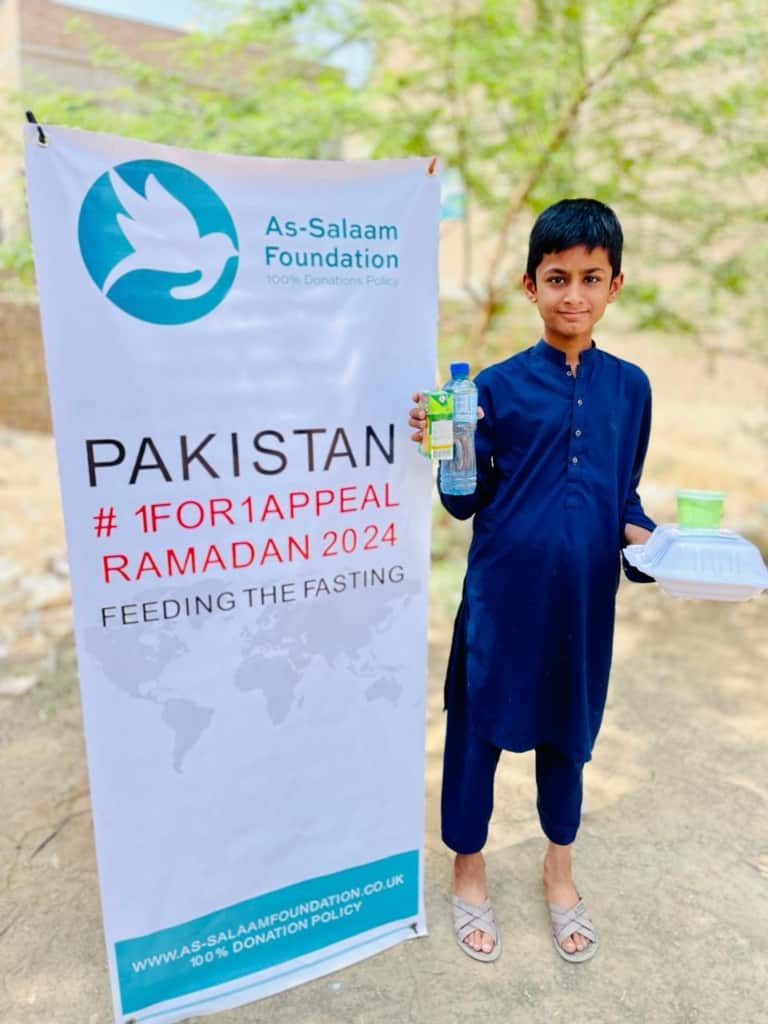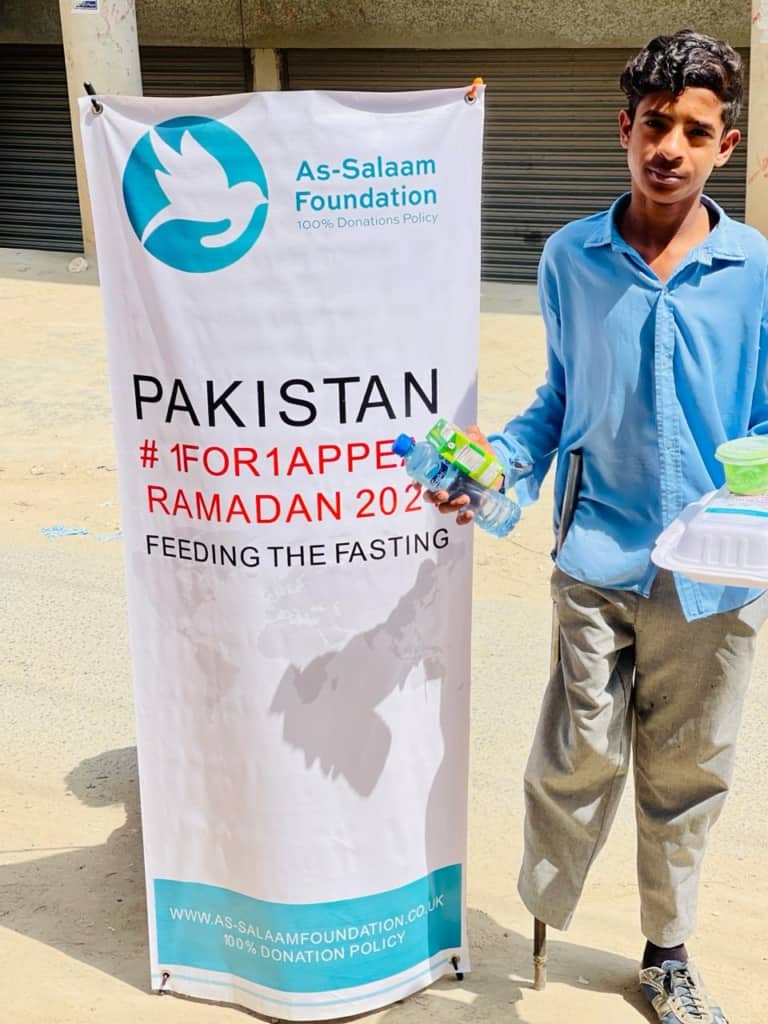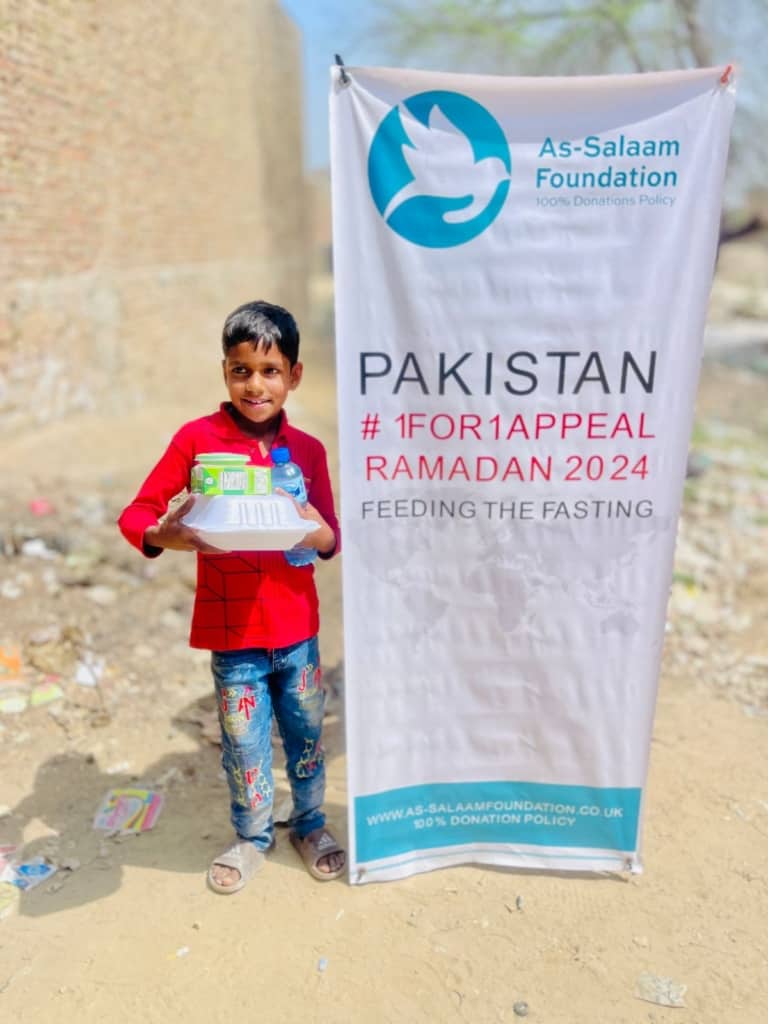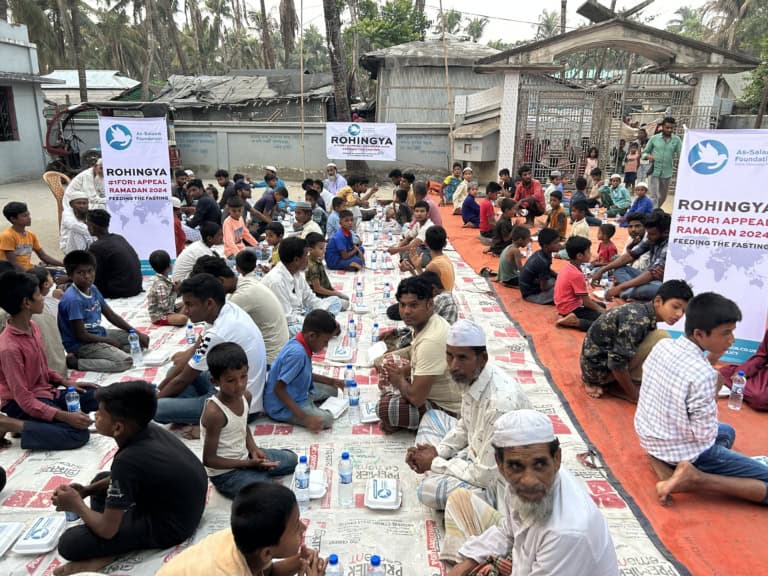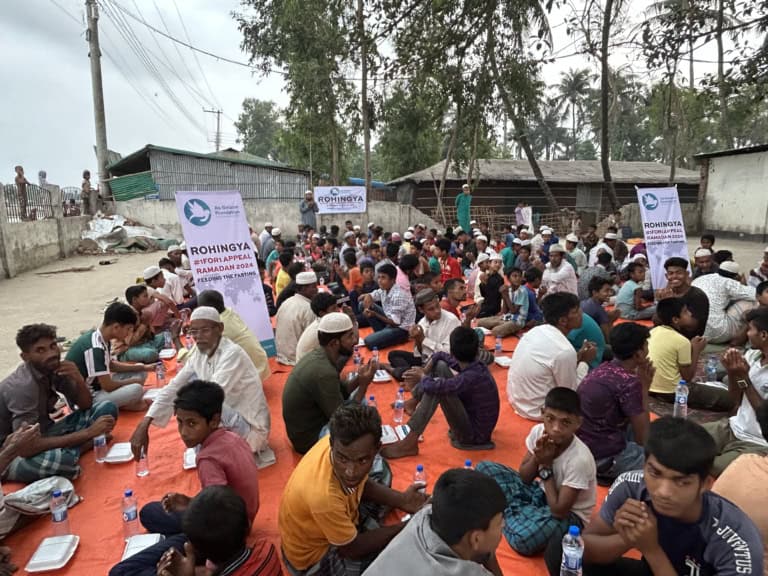Total Raised
Beneficiaries Served
What is Our #1For1 Appeal?
Whilst many of us eat to our fill, for many across the world poverty casts a shadow over the joyous spirit of Ramadan, especially during iftar. For many families facing financial hardships, iftar becomes a poignant reminder of scarcity. The inability to afford nutritious meals compounds the challenges of observing this sacred month.
In the midst of such adversity, As-Salaam Foundation endeavour to bridge this gap, offering iftar meals to those in need. These meals not only provide sustenance but also foster a sense of solidarity and compassion, reminding everyone of the fundamental principle of generosity integral to Ramadan.
Why These Countries?
Uganda
According to the Uganda Bureau of Statistics (UBOS), the national poverty rate was around 21.4% in the financial year 2016/2017. In 2016, Uganda’s Multidimensional Poverty Index (MPI) was estimated to be 41.7%, indicating a significant portion of the population experiencing deprivations in health, education, and living standards. Uganda’s economy is largely agrarian, with a significant portion of the population engaged in agriculture. Changes in weather patterns, access to markets, and agricultural productivity has impacted poverty levels.
Nepal
The Multidimensional Poverty Index (MPI) is a measure that considers various aspects of poverty beyond income. In 2018, Nepal’s MPI was 35.1%, indicating that a significant portion of the population faced multiple deprivations. The percentage of the population living below the national poverty line was 15% in 2018.
Yemen
Yemen has been experiencing a protracted civil conflict since 2014, significantly impacting the economy, infrastructure, and social services. The United Nations has declared Yemen as the world’s worst humanitarian crisis. The conflict has resulted in widespread displacement, food insecurity, and limited access to essential services such as healthcare and education. Yemen faces severe food insecurity, with a large portion of the population lacking access to adequate and nutritious food. Famine conditions have been reported in some areas, and malnutrition rates, particularly among children, are alarming.
Pakistan
According to the Pakistan Bureau of Statistics (PBS), the poverty headcount ratio in Pakistan was around 24.3% in 2015-16, indicating the percentage of the population living below the national poverty line. Agriculture is a key sector in Pakistan, and rural communities are particularly vulnerable to fluctuations in crop yields, access to credit, and market conditions – especially after the 2022 floods that caused catastrophic damage to its infrastructure causing ₨ 3.2 trillion ($14.8 billion) of damage and ₨ 3.3 trillion ($15.2 billion) of economic losses.
Sri Lanka
According to the World Bank, the national poverty headcount ratio in Sri Lanka was approximately 4.1% in 2016. Urban and rural poverty are estimated to have tripled and doubled, to respectively 15 and 26% in 2022, but more than half of population in estate areas still live below the $3.65 poverty line. Sri Lanka faced a prolonged civil conflict that ended in 2009. The post-conflict period has seen efforts to rebuild infrastructure and improve living conditions in affected areas, but challenges persist.
How We Responded?
As-Salaam Foundation has reached new heights of generosity! With immense pride, we announce that over 34,250 beneficiaries across Nepal, Uganda, Sri Lanka, Pakistan, and Yemen have been nourished with iftar meals, thanks to your unwavering support and contributions.
Your kindness has made a profound difference in the lives of many during this blessed month. Together, we continue to spread love, compassion, and hope.
